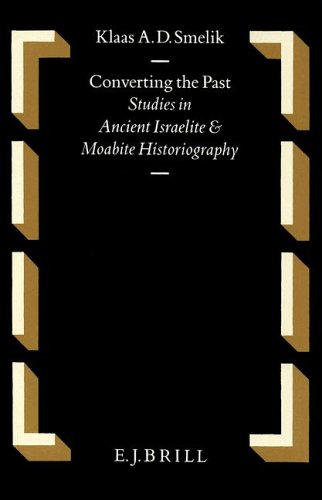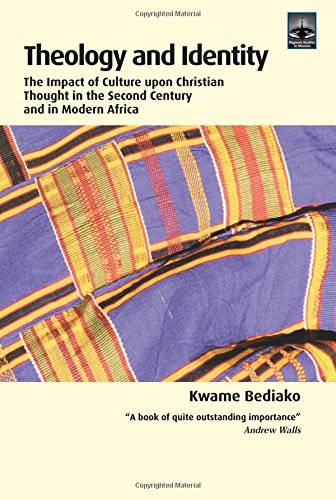Pentecostal Spirituality: A Passion for the Kingdom (Journal of Pentecostal Theology Supplement Series 1)
Written by Steven J. Land Reviewed By Rebecca G.S. IdestromThis is a very interesting, challenging and refreshing interpretation and revision of Pentecostal spirituality. In agreement with W. Hollenweger, Land argues that the first ten years of the Pentecostal movement form the heart and not the infancy of its spirituality and therefore his study of Pentecostal spirituality is limited to the first ten years of the 20th century. Throughout the study, Land emphasizes the crucial importance of understanding the Wesleyan, Holiness and revivalist-restorationist roots of the Pentecostal movement, and he shows how Wesleyan and African-American spiritualities had the most influence upon the originators of Pentecostalism.
Chapter 1 outlines the purpose, method and thesis of the study and focuses on the relationship between spirituality and theology. The starting point for Pentecostals is the Holy Spirit, who is ‘God with us’, and the heart of this spirituality is prayer. Consequently, prayer must also be central to the theological task; prayer and belief must go together. The task of theology as spirituality is to integrate the beliefs, affections and actions (orthodoxy, orthopathy, orthopraxy). In this spirituality, the kingdom of God is already present but not yet consummated, creating the already-not yet tension. The context for this spirituality is eschatological, waiting for the second coming of Christ.
Chapter 2 describes Pentecostal beliefs and practices, showing their apocalyptic character. The eschatological vision is the inbreaking of the Spirit in the last days, seeing everything in the light of the imminent return of Christ. In this eschatological context, Pentecostal spirituality emphasizes our participation in the biblical narratives, experiencing life as part of the story of salvation-history, the ongoing work of God in history. Consequently, worship, praise, testimony and witness become times to testify to this participation in the redemption story which continues after the Bible. Early Pentecostalism emphasized the three-fold blessings or crisis experiences of justification, sanctification and Spirit-baptism.
Chapter 3 demonstrates how their beliefs and practices are integrated with Pentecostal affections. Christian affections are not passing feelings but are objective, abiding, relational dispositions. The heart of Pentecostal spirituality is its affections and the ruling affection is a love and passion for the kingdom of God. The three main Pentecostal affections are gratitude, compassion and courage which correlate to the divine attributes of righteousness, love-holiness and power and the characteristics of the divine kingdom of righteousness, peace and joy. Thus the affectional disposition of a Pentecostal is continual thankfulness, love and confidence. These affections are shaped and expressed in prayer, the primary theological activity of Pentecostals; it is a participation in the life of God and a longing and passion for the kingdom of God.
Chapter 4 concludes with a brief history of the development of Pentecostalism after the first ten years, describing some of the problems and internal and external criticisms of the movement. In response, Land suggests the need for a trinitarian revision of Pentecostal spirituality within an eschatological context. This vision is correlated with five loci, namely God, history, salvation, church and mission. Pentecostals need to retain the fivefold gospel (which emphasizes Jesus as Saviour, Sanctifier, Spirit Baptizer, Healer, Coming King) and the three-dimensional understanding of salvation, affirming the necessity of crisis experiences. A passion for the kingdom of God must continue to be the unifying centre of the movement.
This is an excellent, thought-provoking, well-written presentation of Pentecostal spirituality which is controversial and challenging for both Pentecostals and non-Pentecostals. Throughout Land gives helpful examples, summaries and diagrams, making it easy to follow the argument. I appreciate his challenge to Pentecostals to become more inclusive with regard to race, gender and class and to be involved in ecumenical dialogue. I highly recommend this book to everyone interested in Pentecostal spirituality and especially to those concerned with its future shape and development. If Land’s vision is embraced it can be an important factor in shaping the Pentecostal movement in the future.
Rebecca G.S. Idestrom
Abbotsford British Columbia, Canada







